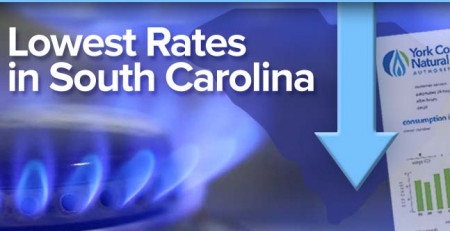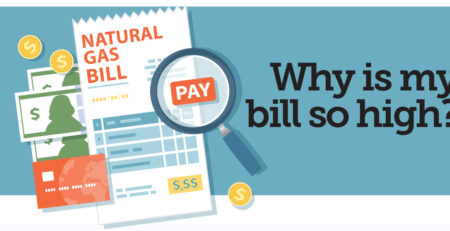Heating Your House Will Be Cheaper This Winter Thanks to Natural Gas Boom
By Ryan Dezember
Originally published on January 25, 2024 by The Wall Street Journal
There hasn’t been enough cold weather to burn up America’s gas surplus
U.S. natural-gas production notched new highs in December, pushing down prices for the heating fuel despite the frigid start to 2024.
The flood of gas, along with forecasts for unusually warm weather in the coming weeks, has knocked natural-gas prices down by roughly 30% since the start of heating season at the end of October despite an increase in prices in Wednesday trading.
Natural-gas futures for delivery next month ended Wednesday at $2.641 per million British thermal units, 14% cheaper than a year ago. March futures cost 42% less than a year ago after settling at $2.262.
The counterseasonal price decline is a good sign for U.S. households and businesses, which grappled with budget-busting utility bills after Russia’s 2022 invasion of Ukraine shocked energy markets. Besides more expensive heat and electricity, higher natural-gas prices increased the cost of making steel, glass, cement, plastic, drywall, fertilizer and cardboard and helped drive
inflation.
Lately, fears of fuel shortages have given way to worries that the U.S. could run out of space to store a growing glut of gas.
Traders and analysts expect Energy Information Administration inventory data, scheduled to be released Thursday, to show one of the largest ever weekly drawdowns of domestic gas stockpiles, thanks to the blizzards that iced the Plains and dumped the first measurable snowfall on New York City in two years.
Not only was a lot of fuel burned for heat, but gas wells in swaths of the country froze shut, crimping production and necessitating additional withdrawals of gas from storage facilities to replace the lost output. Gas consulting firm East Daley Analytics estimates that U.S. production fell more than 7% due to so-called freeze-offs.
Still, domestic gas supplies, which started heating season in surplus, remain above average levels for this time of year.
The unseasonably warm weather forecast into February is expected to both diminish demand and thaw out frozen wells, bringing production levels back toward the records set last month.
Daily gas production in the Lower 48 states averaged a record 105.5 billion cubic feet a day in December, according to S&P Global Commodity Insights. For the year, the average daily output was 102.2 billion cubic feet, up 3.7% from 2022 and a record high, according to the firm.
Analysts say prices will have to stay low to discourage producers from drilling too much while stimulating demand from industrial buyers and exporters. Otherwise storage facilities could be swamped before next heating season.
“Barring a surprise cold winter, we will run at above-average storage for all of 2024 and likely reach max fill next October,” Bernstein analysts wrote in a note to clients. “2024 will be a tough year for gas.”
RBC Capital Markets analyst Christopher Louney said that without another cold snap to burn up more of the oversupply, he doesn’t expect prices to rise much until late this year or early 2025, when the next batch of liquefied natural gas export terminals are scheduled to open and boost demand.
“Winter may not be over, but based on current forecasts it looks like it could be,” he said.
By Ryan Dezember
Originally published on January 25, 2024 by The Wall Street Journal












